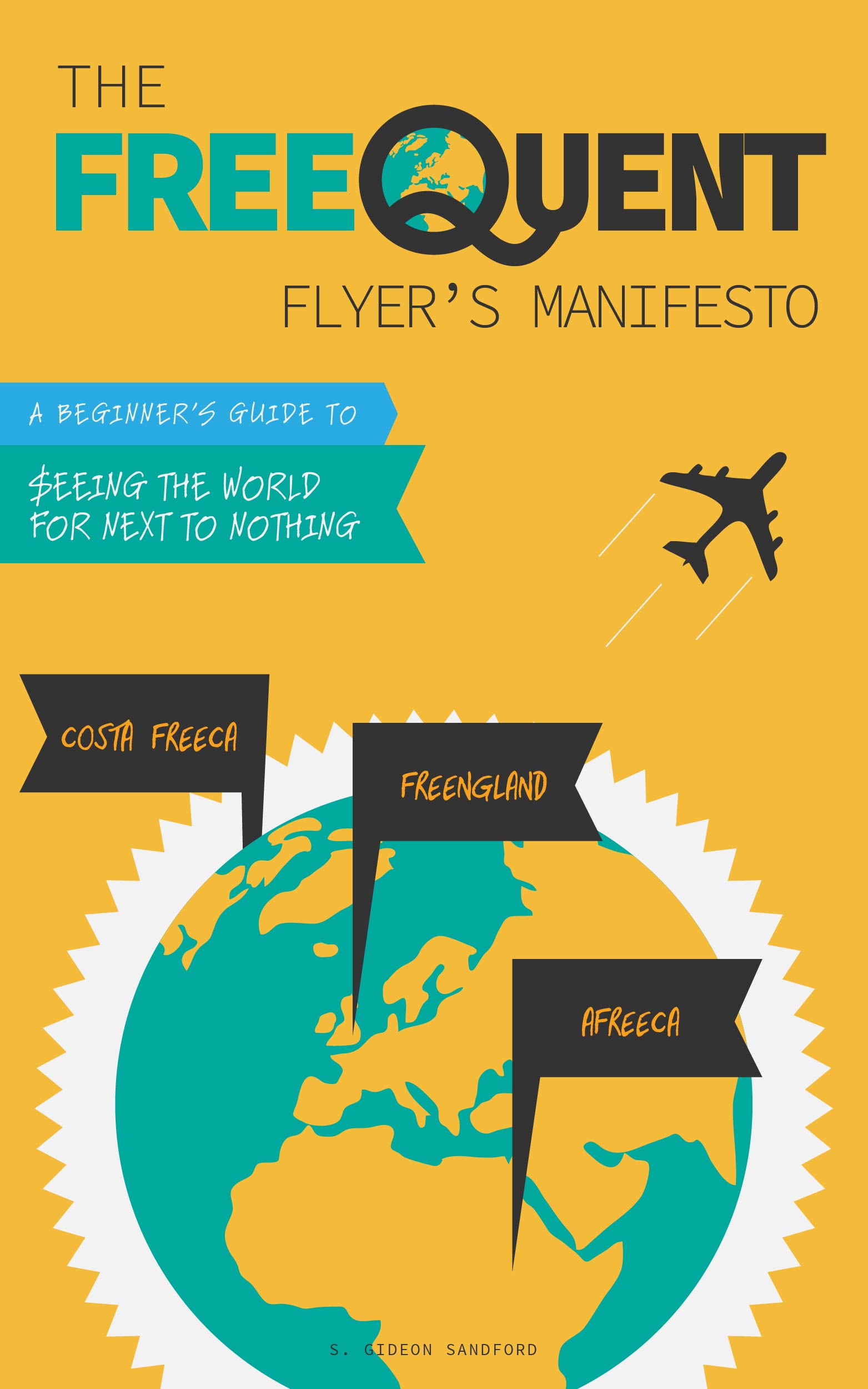MS for hotels: taking Matt at his word
/Background
This week I saw a lot of reactions to Drew at Travel is Free's post on manufacturing spend for hotel stays. Unfortunately, by looking only at the dollar cost of manufacturing spend, and not the opportunity cost, Drew left out the key fact that if you're not getting 2 or 2.2 cents per point when manufacturing spend on your co-branded credit cards, you'd be better off earning cash back and paying with cash for your stays.
Matt at Saverocity took advantage of that oversight to poke fun at Drew:
"Let me ask you a question… if I gave you $10,000 (plus fees) of my float and said. Come back with as many SPG points as you could, what would you do?
buy 285,715 points with the 10K?
buy 20x $500 cards with your SPG Amex and earn 10,000 points?
buy 20 x $500 cards with your 5x, earning $500 cash and use that to buy at 3.5cents each?[...
...]Option 2 (use the SPG) vs Option 3 (use a 5% and buy points) is the difference between earning 10,000 (SPG card) and 14,785 (14,285, plus the act of buying the would earn 500 more)."
Now, my readers know that this wasn't strictly speaking fair of Matt. Of course you should be putting as much spend as you can on your 5% cash back cards – until that spend is throttled.
But Matt's quip still got me thinking: are there co-branded credit cards that generate points that can't be bought more cheaply with a 5% cash back card?
Love for sale: buying hotel loyalty points
Here's the cost of buying hotel loyalty points from each program I follow (without any bonuses on purchased points):
- Starwood Preferred Guest (up to 20,000 Starpoints per calendar year): 3.5 cents per Starpoint;
- Hilton HHonors (up to 40,000 HHonors points annually): 1 cent per HHonors point;
- Marriott Rewards (up to 50,000 Marriott Rewards points annually): 1.25 cents per Marriott rewards point;
- Hyatt Gold Passport (up to 40,000 Gold Passport points annually): 2.4 cents per Hyatt Gold Passport point;
- IHG Rewards Club (up to 40,000 IHG Rewards points annually): 1.15 cents per IHG Rewards point;
- Club Carlson (up to 40,000 Gold Points annually): 0.7 cents per Gold Point.
Analysis: cash back versus co-branded credit cards
Remember, the question is: are there points that are cheaper to earn through manufacturing spend on a co-branded credit card than buying them with cash back earned with a 5% cash back credit card (within annual purchase limits)?
We can immediately rule out the Starwood Preferred Guest American Express and Chase Marriott Rewards, Hyatt Gold Passport, and IHG Rewards Club credit cards, all of which earn just 1 point per dollar spent. Earning 5% cash back, on the other hand, allows you to purchase:
- 1.43 Starpoint (43% bonus);
- 4 Marriott Rewards points (300% bonus);
- 2.08 Hyatt Gold Passport points (108% bonus);
- or 4.35 IHG points (335% bonus).
The US Bank Club Carlson Premier and Business cards, which earn 5 Gold Points per dollar spent everywhere, come closer to par, since you can buy just 7.14 Gold Points with a 5% cash back credit card – a 43% bonus, the same as purchased Starpoints.
Hilton HHonors for the (dubious) win
The only hotel program whose co-branded credit cards stand toe-to-toe with 5% cash back in this comparison is Hilton HHonors. The Hilton HHonors Surpass American Express earns 6 HHonors points per dollar spent at gas stations and grocery stores, while a 5% cash back card in the same categories would only allow you to purchase 5 HHonors points at 1 cent each.
Conclusion
As Matt correctly points out, this analysis is absurd: you'll virtually always be better off spending your 5% cash back on revenue rooms, rather than buying hotel points to redeem for the same or similar hotels. However, it is worth keeping in mind if you happen to be close to a hotel redemption (perhaps an expensive Starwood Nights & Flights or Marriott Hotel + Air vacation package) and are considering shifting some of your manufactured spend from your 5% cash back card to a co-branded hotel card in order to earn the remaining points. Except in the case of Hilton, that's a trap – keep earning 5% cash back and just buy the remaining points you need (or transfer them from a flexible points currency like Ultimate Rewards).


